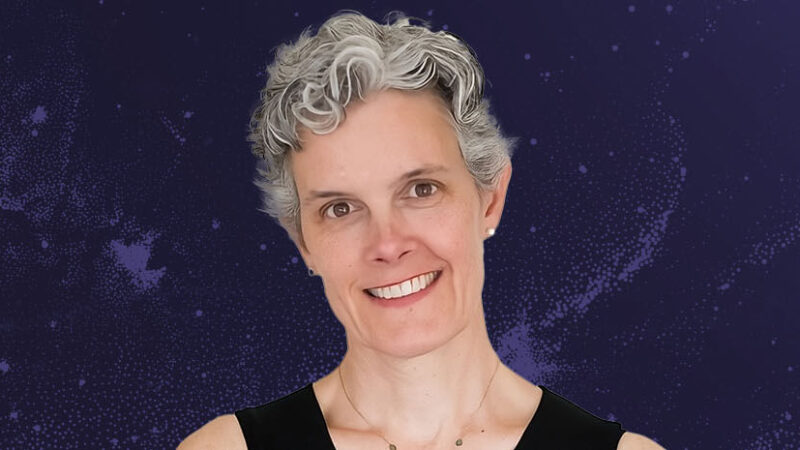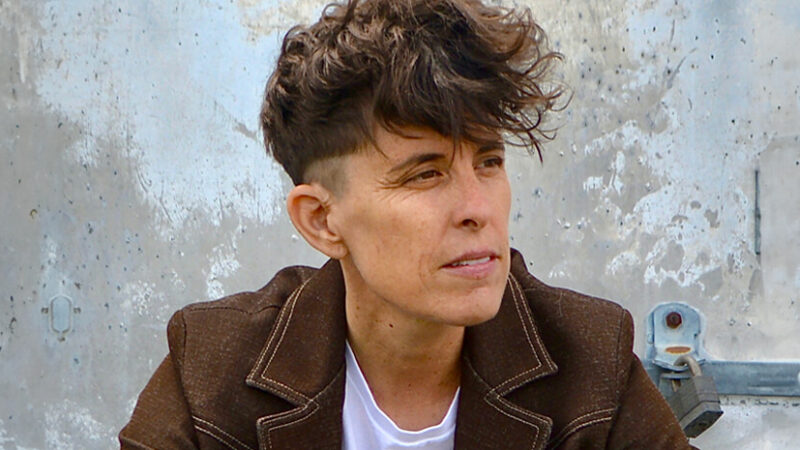Choosing to Live Well with Pain and Illness
Vidyamala Burch has lived with chronic back pain as a result of a car accident, multiple surgeries, and congenital spine weakness for more than 30 years. Searching for a way to cope with her situation, she started practicing mindfulness meditation to help accept and move beyond the pain. She is cofounder of the Breathworks organization in the United Kingdom, where she teaches mindfulness-based approaches to living with physical pain and illness. She is also author of the Sounds True book Living Well with Pain and Illness. In this episode of Insights at the Edge, Tami Simon and Vidyamala speak about what it means to turn toward pain and soften to it. They also discuss the great value in learning to live one moment at a time. (57 minutes)







